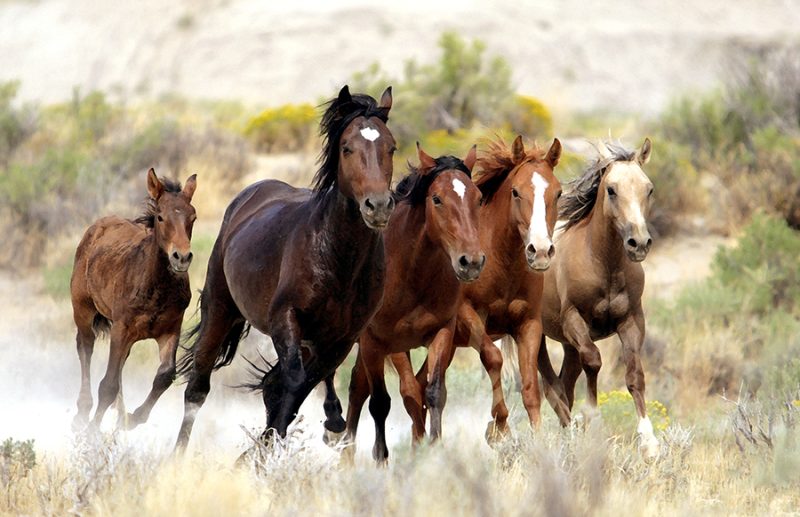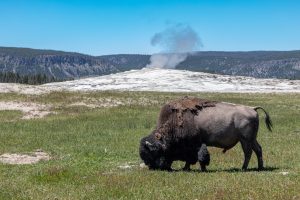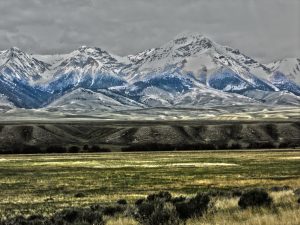
Rewilding America Now (RAN) is a science-based nonprofit working to conserve and restore North American landscapes by rewilding lost ecological processes and protecting key migration corridors. Founded in 2010 (formerly the Cana Foundation), the organization serves ecosystems, wildlife, and communities—including Tribal Nations—by addressing habitat loss, biodiversity decline, and ecological disruptions caused by human activity. These challenges threaten species migration, degrade grassland health, and weaken natural carbon capture, affecting both wildlife and the people who depend on resilient ecosystems. RAN works to restore balance to North American landscapes by establishing wildlife corridors, restoring native grasslands, conducting science-based rewilding research, and engaging in educational and policy advocacy programs. By integrating ecological science with Traditional Ecological Knowledge, RAN aims to promote healthier landscapes and stronger connections between people and nature.

Bison graze in Yellowstone National Park. Photo: Dietmar Rabich/Wikimedia Commons
With a four-person science advisory board, a five-person operations, education, and legal team, and an active board of directors, RAN is working to rewild North American landscapes for a better future. The group’s flagship initiative in Idaho’s Birch Creek Valley spans more than 70,000 acres of public rangeland, which RAN envisions as a 55-mile migration corridor linking Yellowstone National Park with the Central Idaho Wilderness Areas. The project aims to support the movement of keystone species such as wild horses and other native wildlife. At Brownotter Ranch in South Dakota, RAN partners with the Standing Rock Sioux community, integrating Traditional Ecological Knowledge to strengthen connections between people, wild horses, and buffalo; advance research on keystone species and prairie ecosystems; and expand education for Native American youth. At Silbernagel Ranch in North Dakota, the organization supports research on carbon sequestration, prairie restoration, and the benefits that free-roaming herds of wild horses bring to the landscape.

Idaho’s Birch Creek Valley. Photo: Bureau of Land Management Idaho/Wikimedia Commons